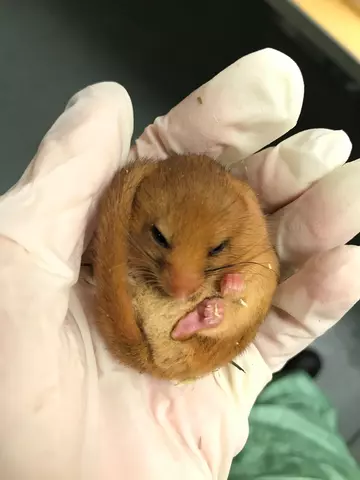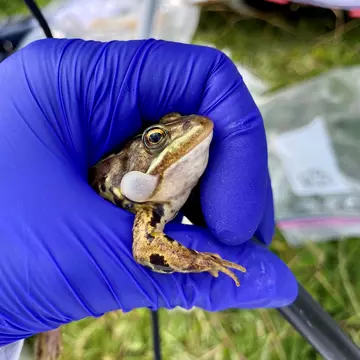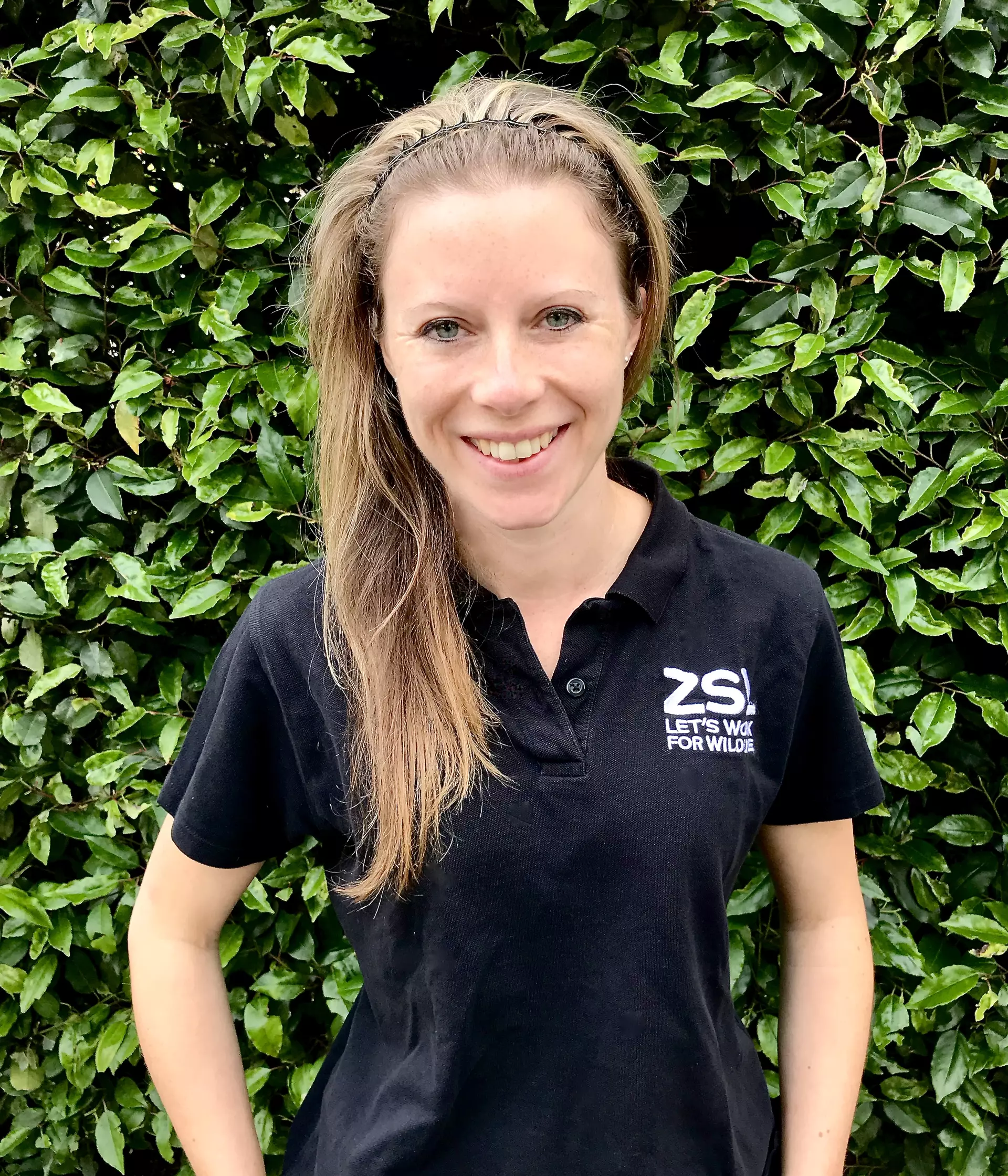
Wildlife post-release health surveillance
Wildlife health education
Wild animal translocations are an important component of programmes which aim to conserve rare and endangered species.
Maintaining the health and welfare of translocated wild animals and recipient populations is critical to success. Wild animal parasites may pose a risk of disease during translocations and need to be carefully assessed and managed.
Working in close collaboration with conservation organisations, I carry out disease risk analysis (DRA) prior to the conservation translocation of rare and endangered species, advise on disease risk management (DRM) during translocation and conduct post-release health surveillance (PRHS) to continually monitor the health and welfare of wild animal species of conservation concern.

Together, we can achieve healthy, established and self-sustaining populations of once rare and endangered wild animal species as a consequence of successful conservation translocations.
In addition to her veterinary research and clinical work with the Disease Risk Analysis and Health Surveillance (DRAHS) team at ZSL, Tammy holds a PG Cert in veterinary education and contributes to wildlife health teaching at ZSL, the Royal Veterinary College (RVC) and University of Surrey School of Veterinary Medicine.

Qualifications
- Bachelor’s Degree (BSc Hons): Veterinary Conservation Medicine
- Bachelor’s Degree (BVM&S): Veterinary Medicine & Surgery
- Master’s Degree (MSc): Wild Animal Health
- Doctor of Philosophy (PhD): The Pathogenesis of Tasmanian Devil Facial Tumour Disease
- Postgraduate Certificate (PG Cert): Veterinary Education
Accreditations
- Member of the Royal College of Veterinary Surgeons (MRCVS)
- Fellow of the Higher Education Authority (FHEA)
Bourn, N.A.D., O’Riordan, S., Maes, D., Goffart, P., Shadbolt, T., Hordley, L., Sainsbury, A.W., Bulman, C., Hoare, D., Field, R., Curson, J., Wildman, J.P., Halford, G., Jaffe, J., Donald, H., Van Eenaeme, D. & Ellis, S. (2024) The history, science and preliminary results from the reintroduction of the chequered skipper, (Carterocephalus palaemon) into Rockingham forest, England. Journal of Insect Conservation 28:1063-1078. doi: 10.1007/s10841-024-00601-3
Gibson, L. & Shadbolt, T., Pranab, P., Gerard, G., Wrigglesworth, E., Sainsbury, A.W., Donald, H., Jaffe, J.E., Januszczak, I., Fitzpatrick, L.D., Burrell, C., Davies, H., Dastjerdi, A. & Spiro, S. (2024) Prevalence and Molecular Analysis of Encephalomyocarditis Virus-2 in the Hazel Dormouse. EcoHealth 21: 112-122. doi: 10.1007/s10393-024-01680-z
Gerard, G., Common, S.M., Jaffe, J.E., Shadbolt, T. & Sainsbury, A.W. (2022) Plastic ingestion in an emaciated red kite (Milvus milvus) in England. Vet Record Case Reports. e454. doi: 10.1002/vrc2.454
Pettorelli N., Schulte to Bühne H., Cunningham A.A., Dancer A., Debney A., Durant S.M., Hoffmann M., Laughlin B., Pilkington J., Pecorelli J., Seiffert S., Shadbolt T. & Terry A. (2022) Rewilding our cities. ZSL report, London, UK
Shadbolt, T., Pocknell, A., Sainsbury, A.W., Egerton-Read, S. & Blake, D.P. (2021) Molecular identification of Sarcocystis wobeseri-like parasites in a new intermediate host species, the white-tailed sea eagle (Haliaeetus albicilla). Parasitology Research 120: 1845-1850. doi: 0.1007/s00436-021-07103-0
Shadbolt, T., Sainsbury, A.W., Foster, J. & Bernhard, T. (2021) Risks from poorly planned conservation translocations. The Veterinary Record 188 (7): 269-269. doi: 10.1002/vetr.373
Common, S., Shadbolt, T., Walsh, K. & Sainsbury, A.W. (2021) The risk from SARS-CoV-2 to bat species in England and mitigation options for conservation field workers. Transboundary and Emerging Diseases 69 (5) 00:1-12. doi: 10.1111/tbed.14035
